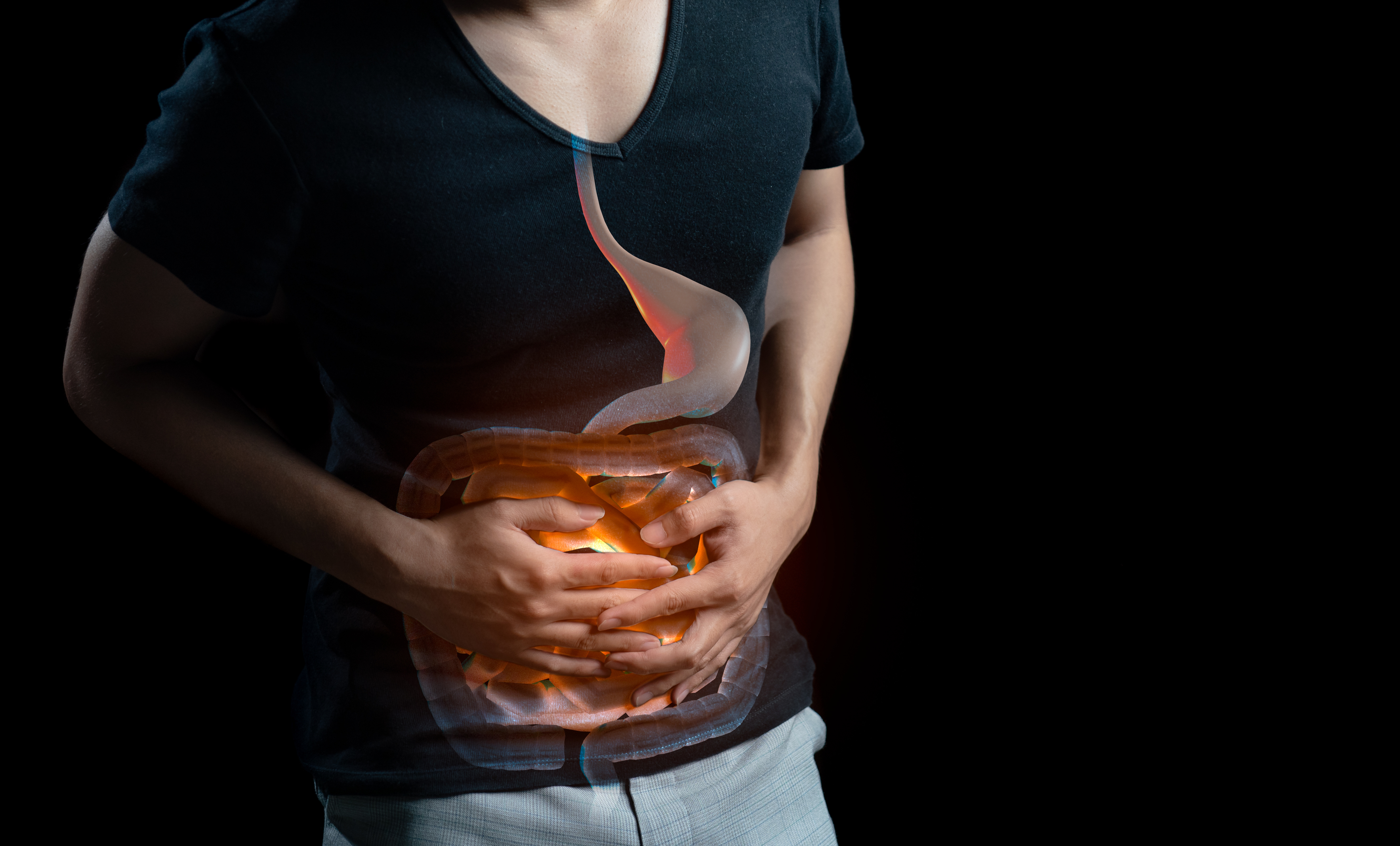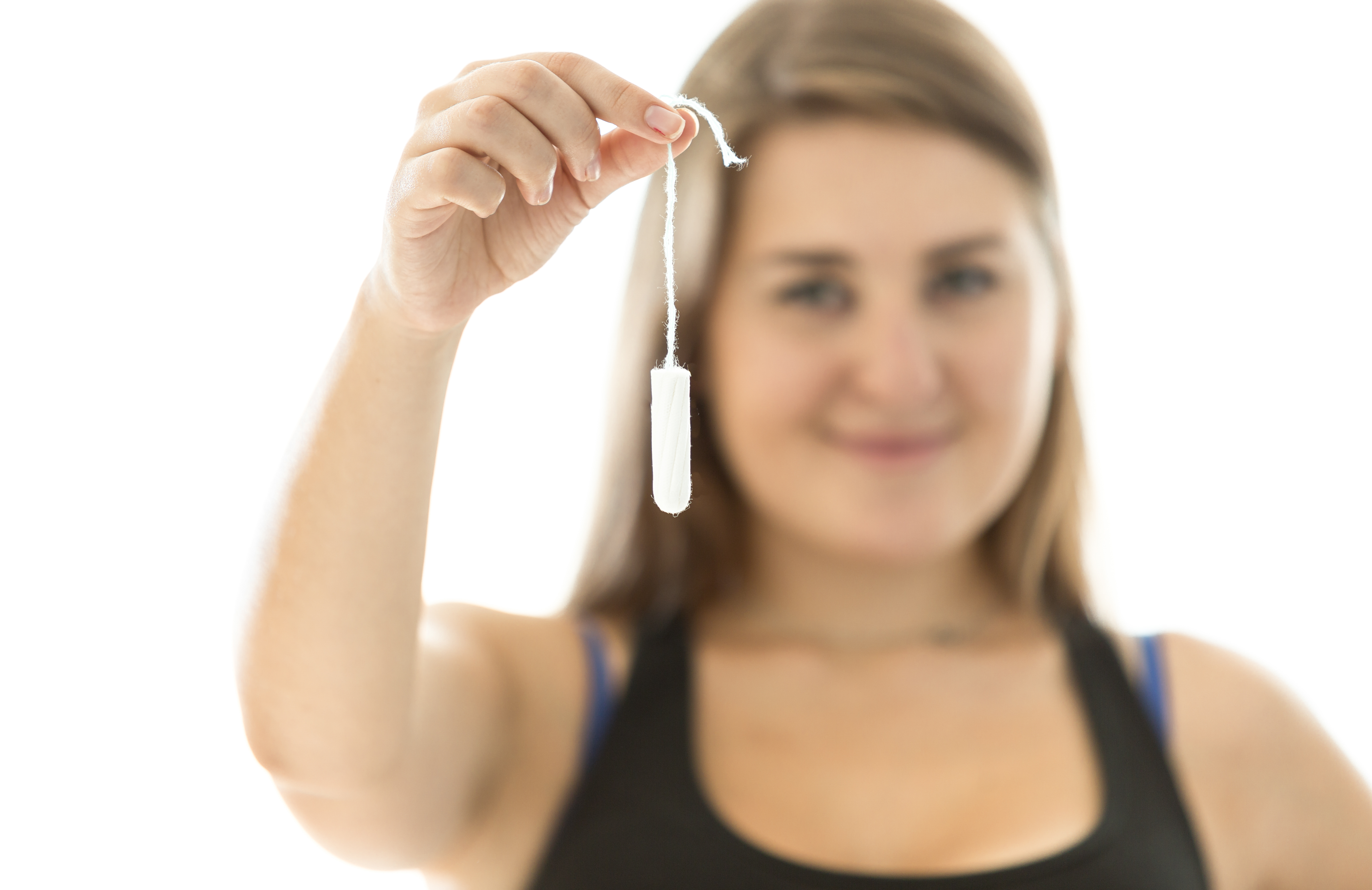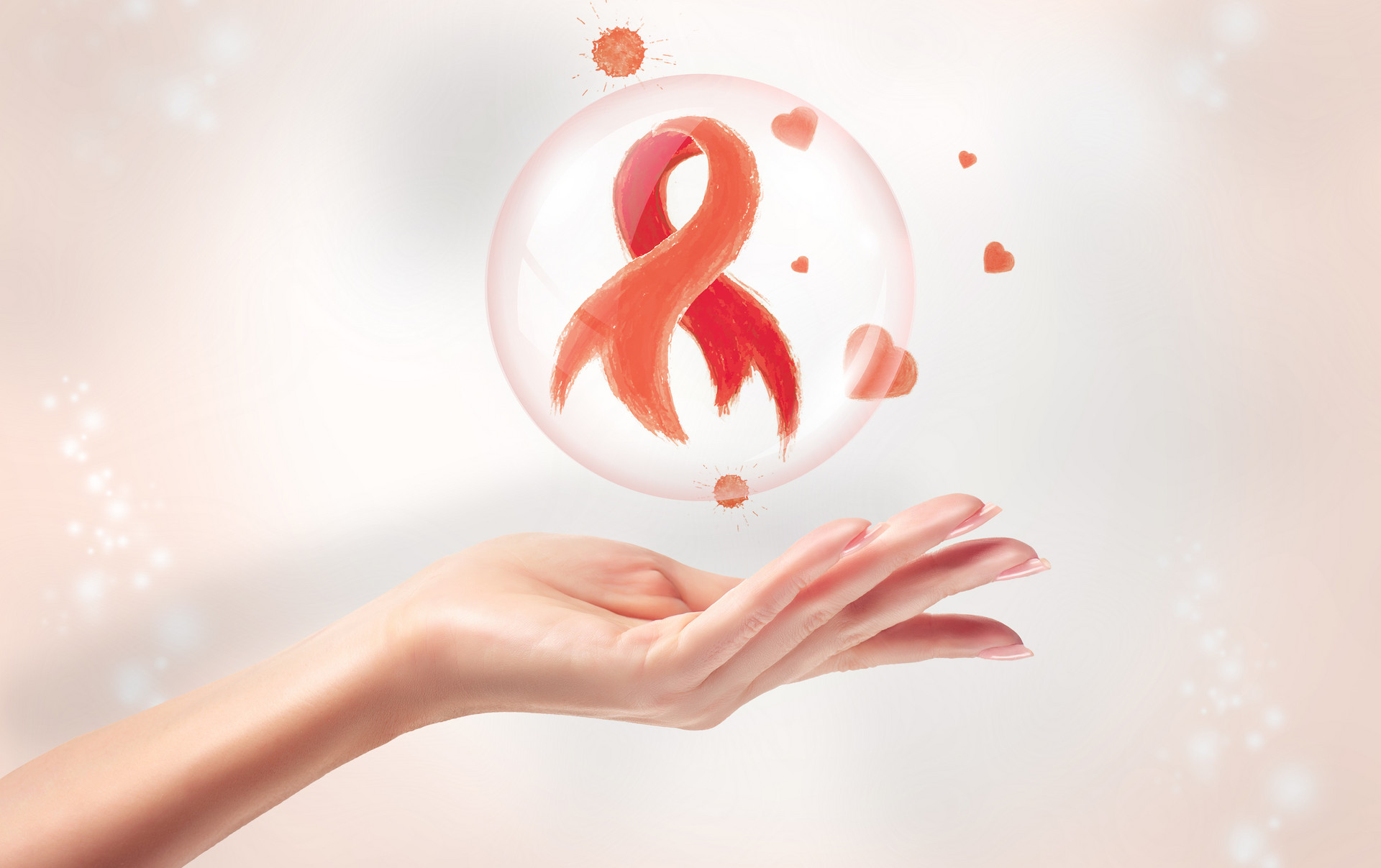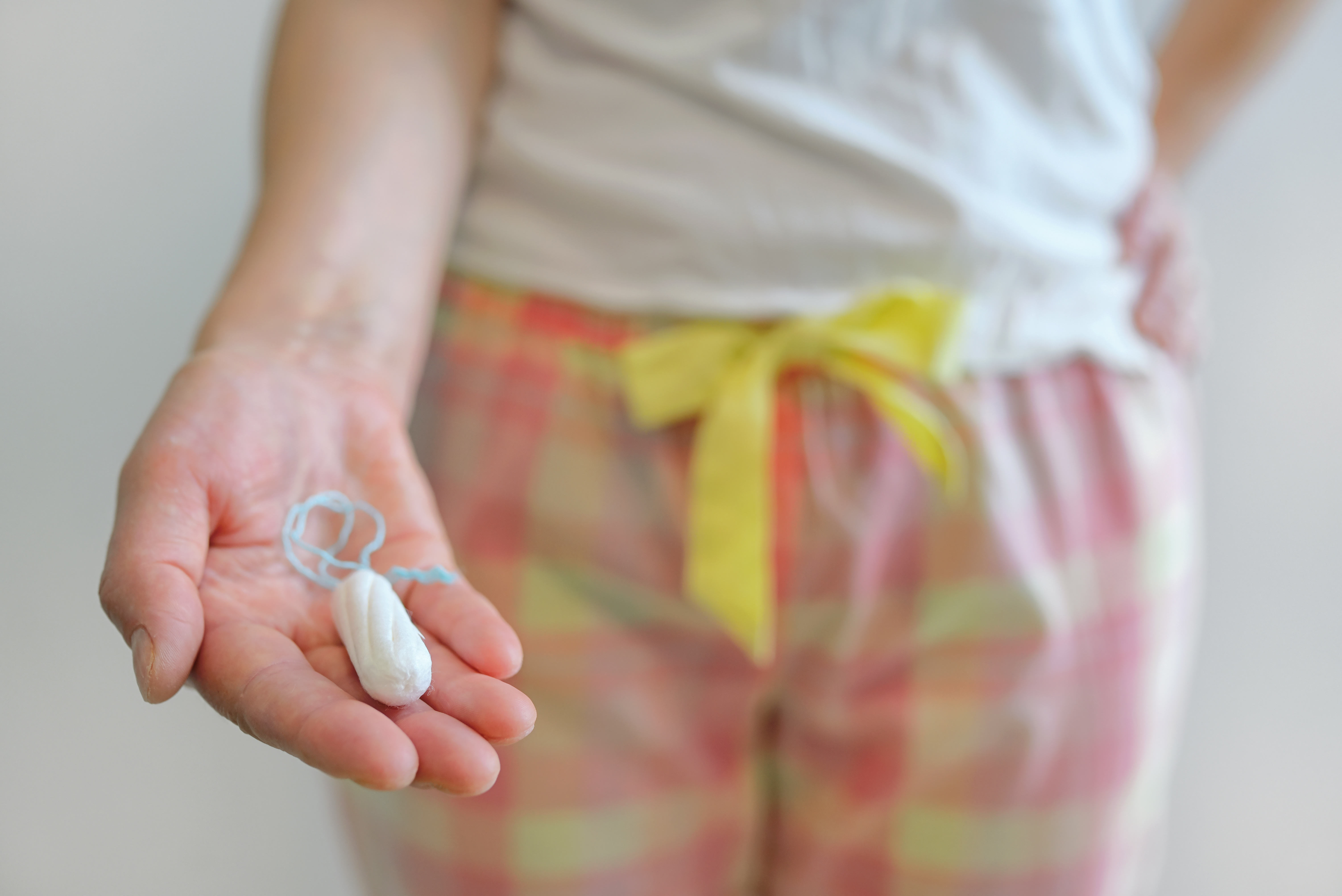Menstrual cramps with blood clots, excessive white discharge, etc. are symptoms of "uterine cold". What exactly is uterine cold? What are the dangers of uterine cold? How can we treat uterine cold? Let's find out together!
What is Uterine Cold?
Uterine cold is a term in traditional Chinese medicine, referring to a series of symptoms manifested by inadequate warming of the uterus due to insufficient kidney yang in women.
Dangers of Uterine Cold
1. Hinders sperm implantation and affects conception
If you haven't had a baby yet, you need to be careful because uterine cold can have a significant impact. The uterus is an essential passage for sperm to reach and fertilize the egg. If the uterus is cold, it is not easy for the egg to implant, which affects the female reproductive system and endocrine system, making it difficult to conceive.
2. Easily leads to uterine fibroids
Traditional Chinese medicine believes that there is pain where there is no smooth flow of energy. Therefore, the presence of cold symptoms indicates the possibility of uterine fibroids.
3. Easily triggers problems with the ovaries
According to traditional Chinese medicine, if the kidneys are damaged and lack energy, kidney deficiency and cold will lead to decreased ovarian function, directly affecting normal ovulation. This can easily lead to ovarian cysts and polycystic ovary syndrome, which affect the endocrine system. In severe cases, minimally invasive surgery may be required.
4. Causes blockage of fallopian tubes
If the ovaries are affected, the fallopian tubes will also be affected, leading to reduced function and easy blockage. This, in turn, causes hormonal imbalances and irregular ovulation, making it difficult to conceive, resulting in infertility.
Duzhong (Eucommia ulmoides)
Uterine Cold Treatment Methods
1. Dietary therapy
Women's constitution tends to be yin, so they should consume fewer cold foods. Even when eating fruits, one should be cautious as fruits have different temperature properties (warm, hot, cold, cool, neutral). Avoid consuming cold fruits such as watermelon, pear, and banana, and consume more neutral fruits such as apple and grapefruit. Consume warming kidney-tonifying Chinese herbs such as duzhong, aiye, and xiaohuixiang, as well as qi-tonifying, blood-nourishing, and blood-activating Chinese herbs such as ginseng, astragalus, danggui, gelatin, danshen, and yimucao.
2. Acupressure therapy
Guanyuan acupoint: Located three inches below the navel.
Shénquè acupoint: Located at the navel, it is a crucial acupoint on the Ren Meridian.
Qihai acupoint: Located in the lower abdomen, it is divided into ten equal parts, with 3/10 distance from the navel.
3. Exercise therapy
"Movement generates warmth." Fast walking or leisurely walking are good exercise methods that can regulate blood and qi circulation and warm up the body. However, excessive exercise should be avoided to prevent deficiency of both qi and yin.
4. Warmth therapy
Avoid wearing short skirts and low-waisted pants, and avoid exposing the navel. When wearing a skirt, it is best to wear stockings to prevent coldness from the feet. In the office, keep a coat or shawl, and pay attention to keeping the neck, shoulders, and knees warm. It is best to avoid staying in air-conditioned rooms for too long. Go outside and let your pores breathe in the natural atmosphere and release internal coldness.












